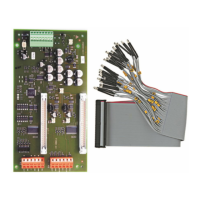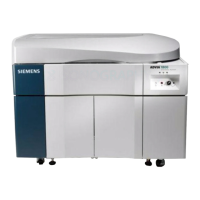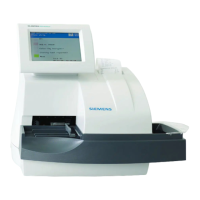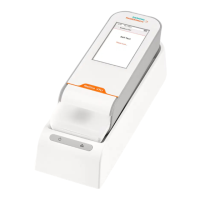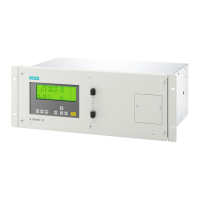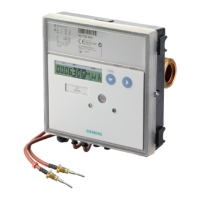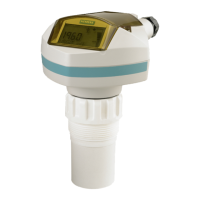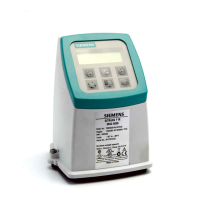© 2008 Siemens Energy & Automation, Inc. All Rights Reserved.
PMCM-9340D-0208 ACCESS 9340 and 9360 Meters
2/2008 Chapter 1—Introduction
EN–3
What is the ACCESS 9340/9360 Meter?
The ACCESS 9340/9360 meter is a multifunction, digital
instrumentation, data acquisition and control device. It can replace a
variety of meters, relays, transducers and other components. The
meter can be installed at multiple locations within a facility.
The meter is equipped with RS485 communications for integration
into any power monitoring and control system. However, WinPM.Net
from the ACCESS family of Siemens, which is written specifically for
power monitoring and control, best supports the meter’s advanced
features.
The meter is a true rms meter capable of exceptionally accurate
measurement of highly nonlinear loads. A sophisticated sampling
technique enables accurate, true rms measurement through the 63rd
harmonic. You can view over 50 metered values plus minimum and
maximum data from the display or remotely using software. Table 1–
1 summarizes the readings available from the meter.
Table 1–1: Summary of meter Instrumentation
Real-time Readings Power Analysis
• Current (per phase, residual, 3-Phase)
• Voltage (L–L, L–N, 3-Phase)
• Real Power (per phase, 3-Phase)
• Reactive Power (per phase, 3-Phase)
• Apparent Power (per phase, 3-Phase)
• Power Factor (per phase, 3-Phase)
• Frequency
• THD (current and voltage)
• Displacement Power Factor (per phase, 3-Phase)
• Fundamental Voltages (per phase)
• Fundamental Currents (per phase)
• Fundamental Real Power (per phase)
• Fundamental Reactive Power (per phase)
• Unbalance (current and voltage)
• Phase Rotation
• Current and Voltage Harmonic Magnitudes &
Angles (per phase)
• Sequence Components
Energy Readings Demand Readings
• Accumulated Energy, Real
• Accumulated Energy, Reactive
• Accumulated Energy, Apparent
• Bidirectional Readings
• Reactive Energy by Quadrant
• Incremental Energy
• Conditional Energy
• Demand Current (per phase present, 3-Phase
avg.)
• Average Power Factor (3-Phase total)
• Demand Real Power (per phase present, peak)
• Demand Reactive Power (per phase present,
peak)
• Demand Apparent Power (per phase present,
peak)
• Coincident Readings
• Predicted Power Demands
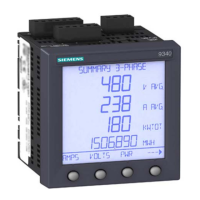
